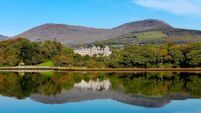This island hosts an annual potato festival where chefs compete to make the best spud sandwich

Samsø harbour, a port of arrival for tourists.
A CARVED statue of a mermaid stands at the entrance to Samsø Labyrinten, the Guinness World Record-certified world’s largest maze. She has, I’m told, the island’s most fondled breasts. She’s also the real deal.
As the Labyrinten’s manager proudly reminds me, Hans Christian Andersens’ ‘The Little Mermaid’ is Danish, not Disney.

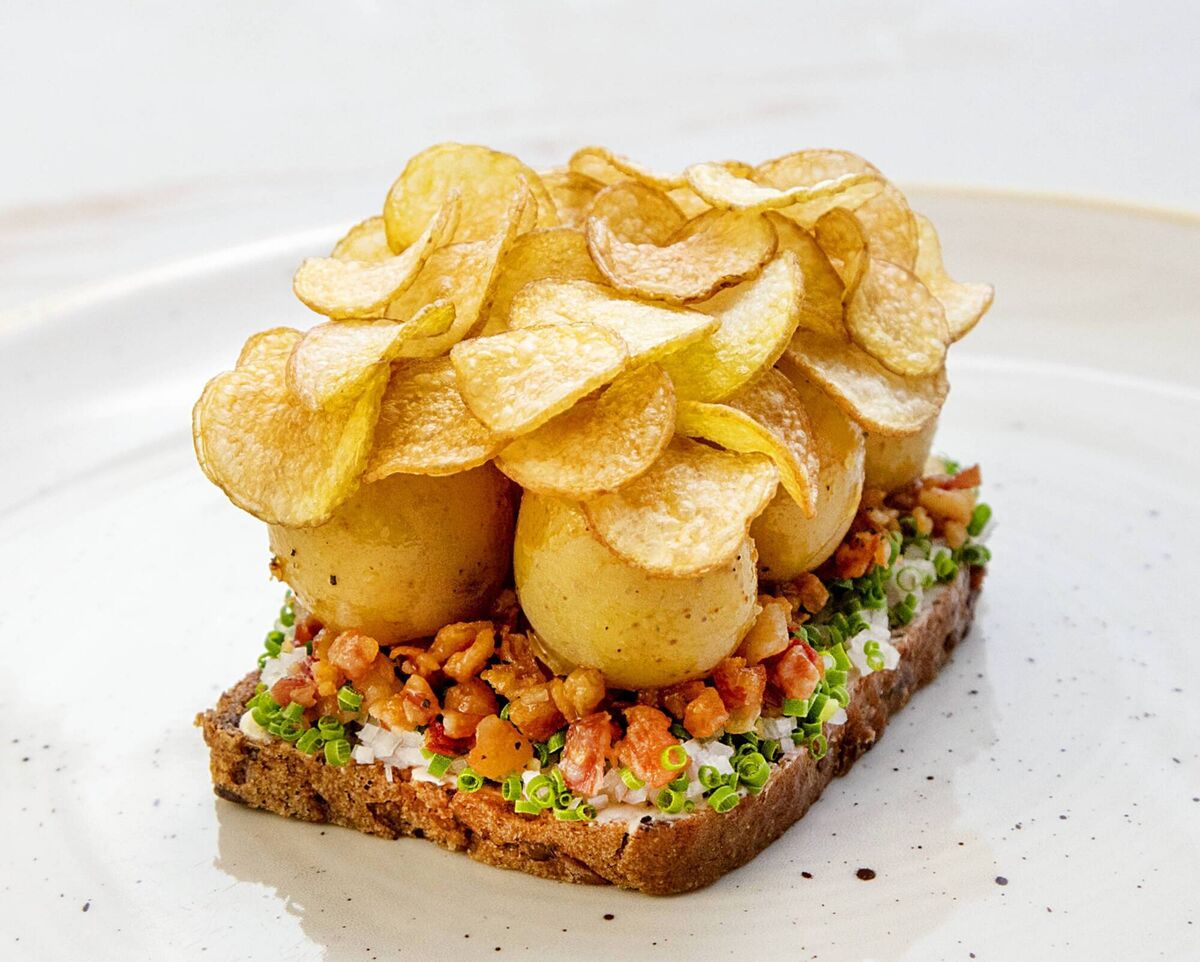
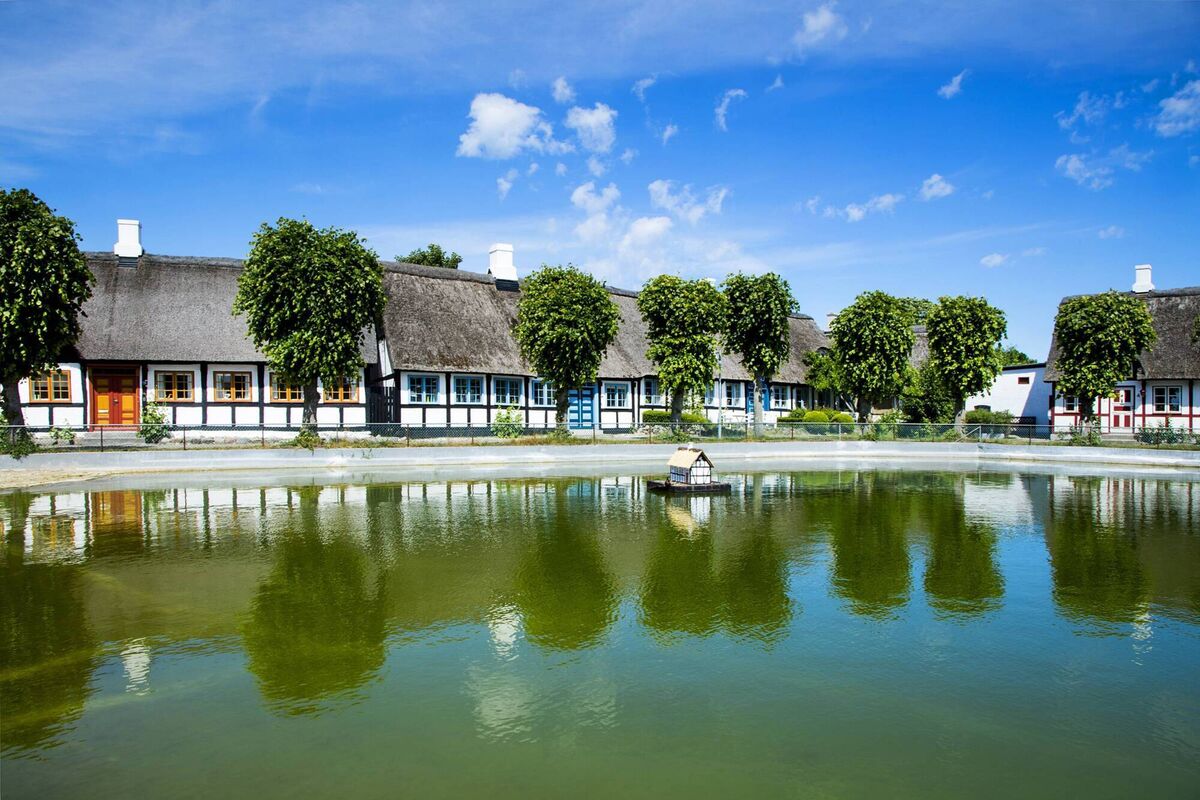
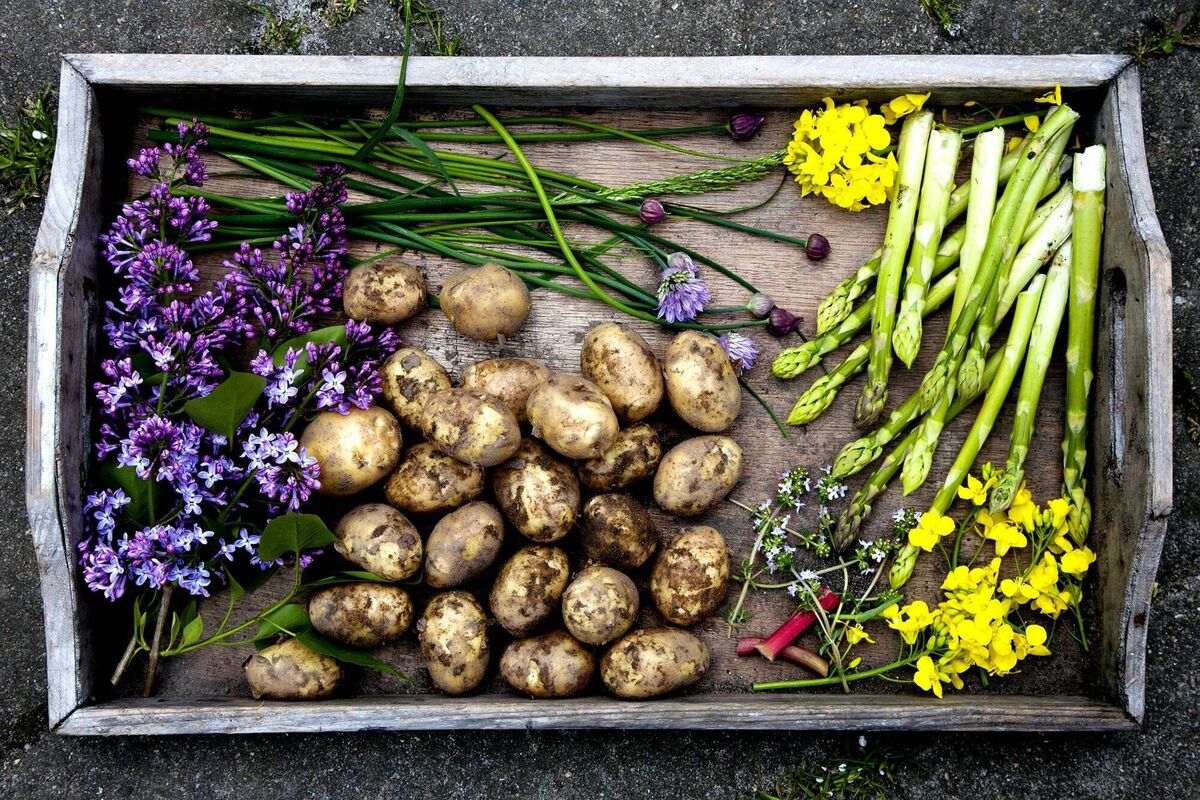
Despite the advances that Samsø has made in becoming independent of fossil fuels, many of the island’s farms still employ conventional farming methods, thanks, in part, to the conservative attitudes of an ageing farming population.
One exception is Yduns Have, an organic farm on the east of Samsø, which occupies 14ha with around 180 varieties of produce, plus over 300 hen-laying eggs.
Camilla Mikkelsen of Økologisk Samsø (Ecological Samsø) speaks of plans to make the island completely free of fossil fuels by 2030, which will require other farms to rethink their methods.
Ryanair (ryanair.com) flies from Dublin to Copenhagen from €14.99 one way.
From Copenhagen, take the train to Kalundborg: the journey takes about 2 hours and tickets are DKK116/ €10.
Driving takes about 1 hour and 20 minutes - note that there are many electric charging points for ECVs on Samsø.
From Kalundborg, the SAMSØLINJEN ferry ( samsoelinjen.dk) takes you to Ballen, on the eastern side of the island.
Prices for a car, including passengers, start from DKK160/ €21.50. Departures take place 2 - 4 times per day, depending on season.
Alternatively, SAS ( flysas.com) flies from Dublin to Aarhus from €87 one way. From Aarhus, take the fast ferry Lilleøre (tilsamsoe.dk - foot passengers and bicycles only) which reaches Sælvig, on the island’s western flanks, in 60 minutes.
Tickets are priced from €23 each way for an adult and bicycle. Car hire, if desired, is available on the island at Lasse’s Auto (+45 86 59 19 40)
- For more information, visit visitsamsoe.dk
The 48-room Flinch’s Hotel has a central location in Samsø’s capital, Tranebjerg. With cosy, comfortable rooms, and one of the most charming owner-managers you could hope to meet, staying here is a treat - as is a meal in the newly refurbished restaurant.
Doubles are priced from DKK850/ €114 per night
Fancy yourself a rock’n’roll fan? Head to the Brundby Hotel, where the rooms take their names from rock icons and themes, and musical paraphernalia forms part of the decor. It hosts regular concerts; some rooms have a shared bath/ toilet.
Doubles are priced from DKK795/ €106 per night.
There are six holiday cabins available from Easter weekend until late October at Yduns Have. These share a communal kitchen and dining area and are popular with hikers and cyclists. Cabins sleep 4-6, with lounge and luggage rooms.
Cabins are priced from DKK340/ €46 per night.
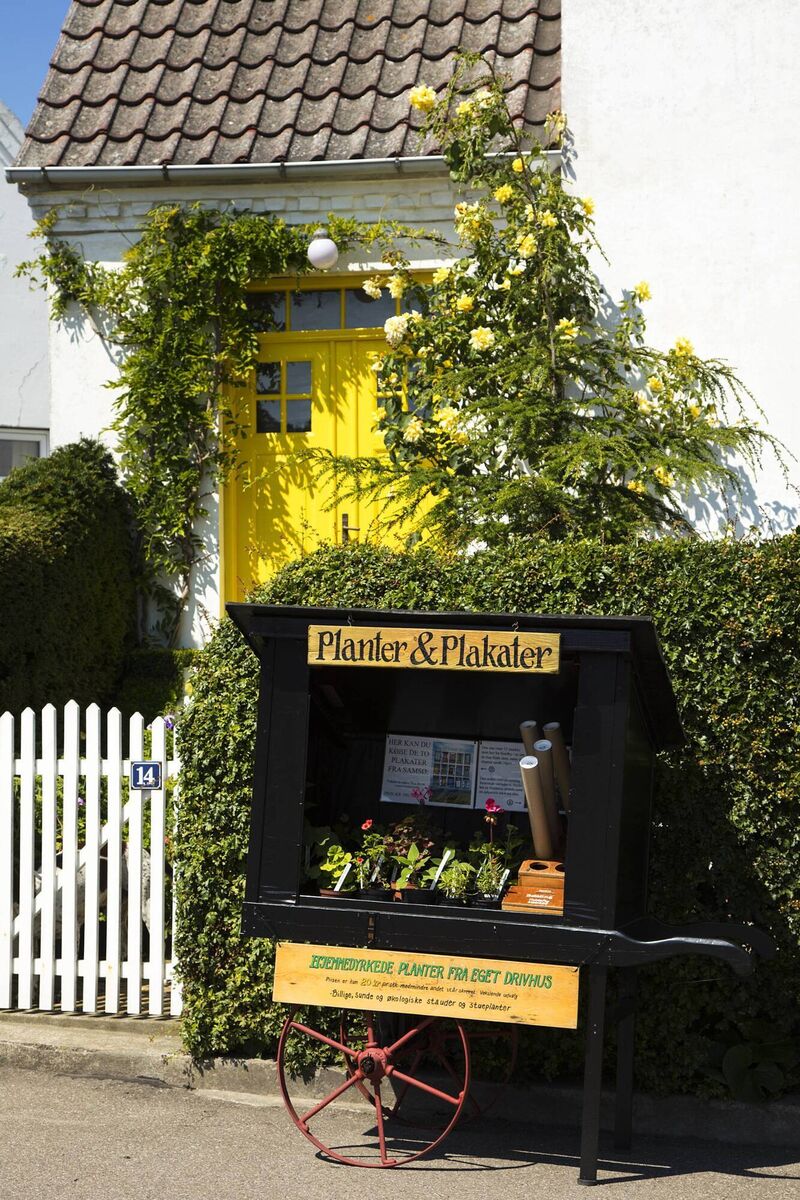
If you haven’t eaten a potato, have you even been to Samsø? The island’s bounty doesn’t stop there, however - asparagus (in season from May until June) is sublime, while red cabbage comes into its own in late August, through to Winter.
At Yduns Have, the on-site shop is open 24/7, and operates an honesty box system. Elsewhere, stock up on rosehip jam, potato marmalade and, of course, ant-infused gin to take home with you.
Freshly caught seafood is a must in this coastal setting - head to Skipperly ( skipperly.dk, open March to October) for some of the best.
Or eat locally sourced, traditional Danish dishes at Restaurant Dokken ( restaurantdokken.dk), with its striking decor and impeccable service.








